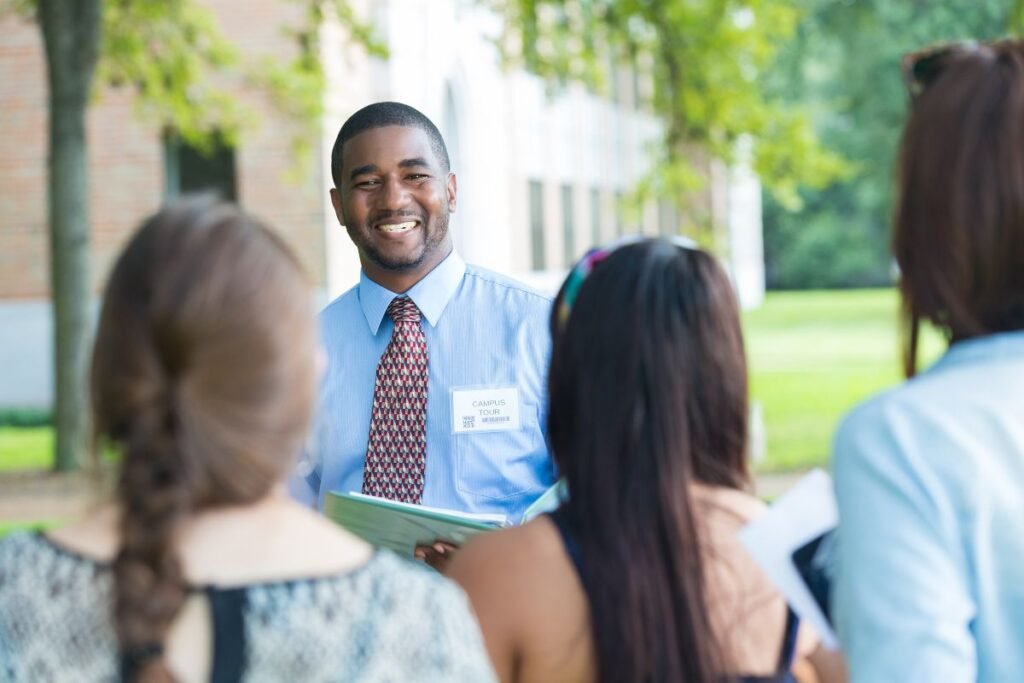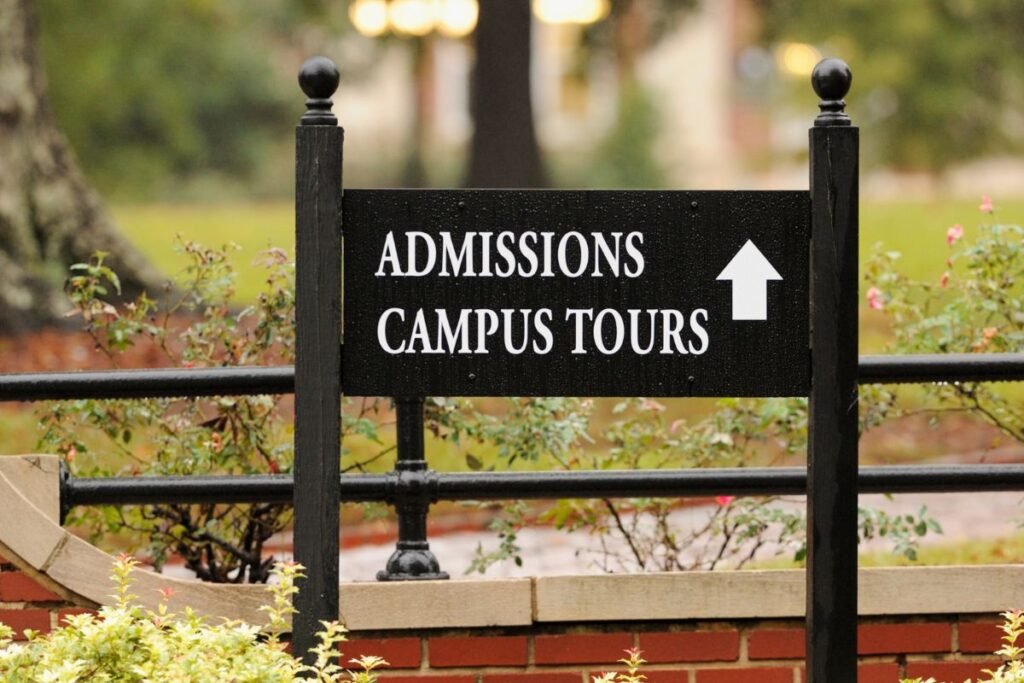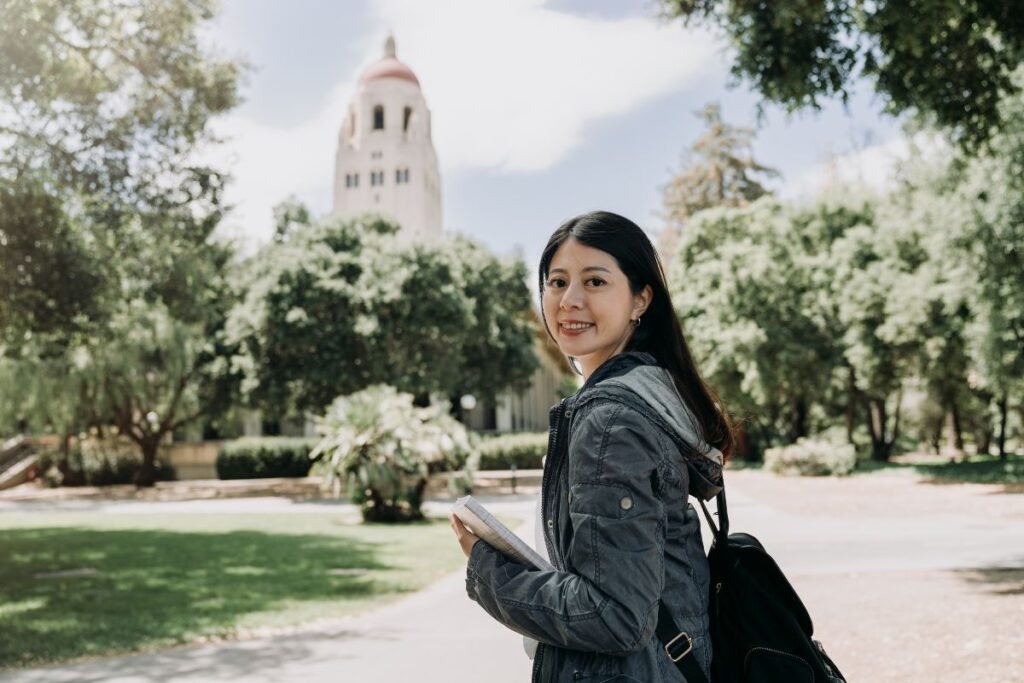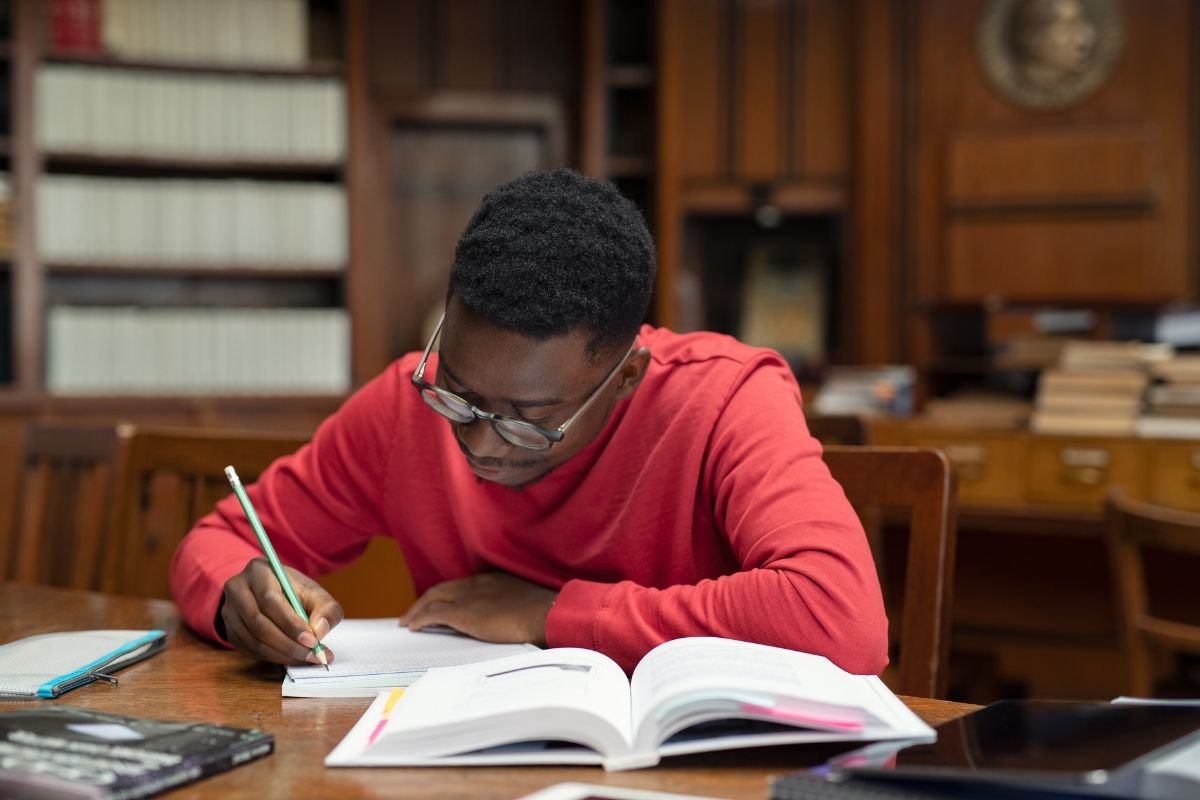College visits play a pivotal role in the college selection process, offering high school students an invaluable opportunity to immerse themselves in the campus environment and gain firsthand insights into potential educational institutions. Research shows that campus visits significantly impact a student’s decision-making process.
Why Campus Tours Matter
Campus visits hold immense significance in the college selection process, particularly for prospective students and their parents who are seeking the ideal college fit. Experiencing the college atmosphere firsthand allows students to truly immerse themselves in the environment, getting a sense of the campus’s energy, vibrancy, and overall ambiance.
By walking through the campus grounds, students can envision themselves as part of the community, fostering a deeper connection to the college and its surroundings. Research shows that students who have visited campus are more likely to feel a sense of belonging and satisfaction with their college choice, ultimately leading to higher retention rates and academic success.
Moreover, campus visits offer a unique opportunity to gain valuable insights into various aspects of student life. By exploring campus facilities, such as libraries, laboratories, dormitories, and athletic facilities, students can assess the quality and adequacy of resources available to support their academic pursuits and extracurricular interests.
Additionally, engaging with current students and attending campus events or information sessions provides a glimpse into the campus culture, diversity, and student organizations, giving students a sense of the community they may potentially join. These interactions allow students to evaluate if the college aligns with their personal interests, values, and goals.
By witnessing firsthand the vibrant campus life and participating in campus activities, students can better envision themselves as active members of the student body, creating a more informed basis for their college decision-making process.

Preparing for Campus Tours
Before embarking on a campus tour, it is essential for high school students to engage in thorough research of potential colleges. Start by creating a shortlist of colleges to visit based on your academic and personal preferences. Consider factors such as location, majors offered, campus size, and extracurricular opportunities. By narrowing down your choices, you can focus your attention on the colleges that align with your goals and aspirations.
Once you have identified your shortlist, dive into gathering detailed information about each college. Explore their websites, admissions brochures, and virtual tours to gain insights into their academic programs, majors, and campus features. Take note of any distinctive programs or opportunities that catch your attention. Additionally, read about the college’s mission statement, core values, and campus culture to see if they resonate with your own values and interests.
This preliminary research will not only help you make an informed decision about which colleges to visit but also enable you to ask specific and relevant questions during your campus tours, making the most of your time on each campus.
Speak with a college coach today!
Speak with an expert college coach and learn if working with one is right for your academic journey. Free 15-minute consultation, no cost, no obligations.
Scheduling the Campus Tours
Consider a virtual tour to be well-informed about your in-person campus tour. When scheduling a campus tour, it is crucial for high school students to choose an ideal time that allows them to fully experience the college environment. Consider visiting during the academic year when classes are in session, as this provides an opportunity to witness the campus in its regular, bustling state.
By observing students attending classes, engaging in extracurricular activities, and utilizing campus resources, you can gain a realistic understanding of day-to-day life on campus. Alternatively, special events like open houses, admitted student days, or campus festivals can offer a more immersive and vibrant experience, showcasing the college’s unique offerings and community spirit. Assess your availability and preferences to determine the most suitable time for your visit.
To make the most out of your campus tour, it is recommended to reach out to the college’s admissions office and schedule a personalized visit. Many colleges offer guided tours led by current students who can provide valuable insights and answer questions about campus life. Contact the admissions office well in advance to inquire about available tour dates and times.
Personalized visits often allow for a more tailored experience, as they may include opportunities to meet with professors, attend classes, or explore specific departments of interest. By scheduling a personalized visit, you can ensure that your campus tour aligns with your specific interests and allows for a more comprehensive understanding of the college.
Exploring Campus Facilities
Exploring campus facilities is a crucial part of the college visit experience for incoming students. During your college campus tour, make it a point to visit academic buildings, libraries, laboratories, and dormitories. These spaces are integral to your academic journey and daily life as a college student.
Take note of the facilities’ condition, accessibility, and available resources. Are the classrooms well-equipped? Is the library extensive and conducive to studying? Are the laboratories modern and well-maintained? By exploring these areas, you can assess whether the college provides the necessary academic infrastructure to support your learning and research needs.
In addition to academic spaces, it is important to observe and evaluate the campus’s broader infrastructure. Visit dining halls to sample the food options and assess the overall dining experience. Check out recreational facilities such as gyms, sports fields, or fitness centers to see if they align with your fitness and extracurricular interests.
Check out student support services like career centers, counseling centers, and health services, as these resources can contribute to your personal growth and well-being during your college years. The quality and availability of these facilities play a significant role in shaping your college experience, so pay attention to how they align with your preferences and needs.

Exploring the Surrounding Community
Exploring the surrounding community is an important aspect of the college visit experience for high school students. While the college campus itself provides a significant environment, the city or town surrounding the campus also plays a crucial role in your overall college experience. Take the opportunity to venture beyond the campus boundaries and immerse yourself in the local community.
Explore the city or town to get a sense of its atmosphere, culture, and amenities. Pay attention to factors such as safety, transportation options, and the overall vibe of the area. By familiarizing yourself with the surrounding community, you can assess whether it aligns with your lifestyle preferences and offers the resources and opportunities you seek during your college years.
During your visit, make it a point to visit local attractions, shops, and neighborhoods. This will give you a glimpse into the recreational and social opportunities available outside of the campus environment. Visit local museums, parks, or theaters to gauge the cultural and entertainment options in the area.
Explore nearby shopping districts or dining spots to assess the variety and quality of local establishments. Additionally, take a stroll through nearby neighborhoods to observe the overall livability and sense of community. By exploring the surrounding community, you can gain insights into the compatibility between your personal preferences and the environment in which you would potentially be living and studying for the next few years.
Self-Guided Campus Tours vs. Student-Guided Campus Tours
Self-guided campus tours and student-guided tours each offer distinct advantages and disadvantages for high school students exploring potential colleges. A self-guided walking tour allows students to explore the campus at their own pace and according to their specific interests. The flexibility of a self-guided tour allows guests to spend more time in areas that are most important to them, whether it’s academic buildings, dormitories, or recreational facilities.
This type of tour also offers the opportunity for more personal reflection and observation, as students can take their time to discover the campus landmarks and absorb the campus environment. Self-guided tours can be particularly beneficial for introverted or independent students who prefer to explore on their own. However, a potential drawback is the lack of specific information provided during the tour. While colleges often offer maps or brochures for self-guided tours, students may miss out on detailed insights and anecdotes that student guides typically provide.

On the other hand, student-guided tours are led by current students who are knowledgeable about the campus and can offer valuable insights and personal experiences. These tours provide a structured itinerary and allow for direct interaction with the student tour guide, enabling students to ask questions and receive immediate responses.
Student guides can provide insider perspectives on campus culture, academic programs, and extracurricular opportunities. The tours often include visits to key campus facilities, allowing students to see firsthand the highlights of the college. However, student-guided tours may be limited in terms of time and may not cover every area of interest for individual students. Additionally, the information provided may be subjective, as it is based on the experiences and perspectives of the student guide.
Ultimately, the choice between a self-guided tour and a student-guided tour depends on the preferences and needs of the individual student. Some students may prefer the freedom and flexibility of a self-guided tour, while others may value the personalized insights and interactive nature of a student-guided tour. It may also be beneficial to consider a combination of both types of tours to gain a comprehensive understanding of the campus environment and culture.





